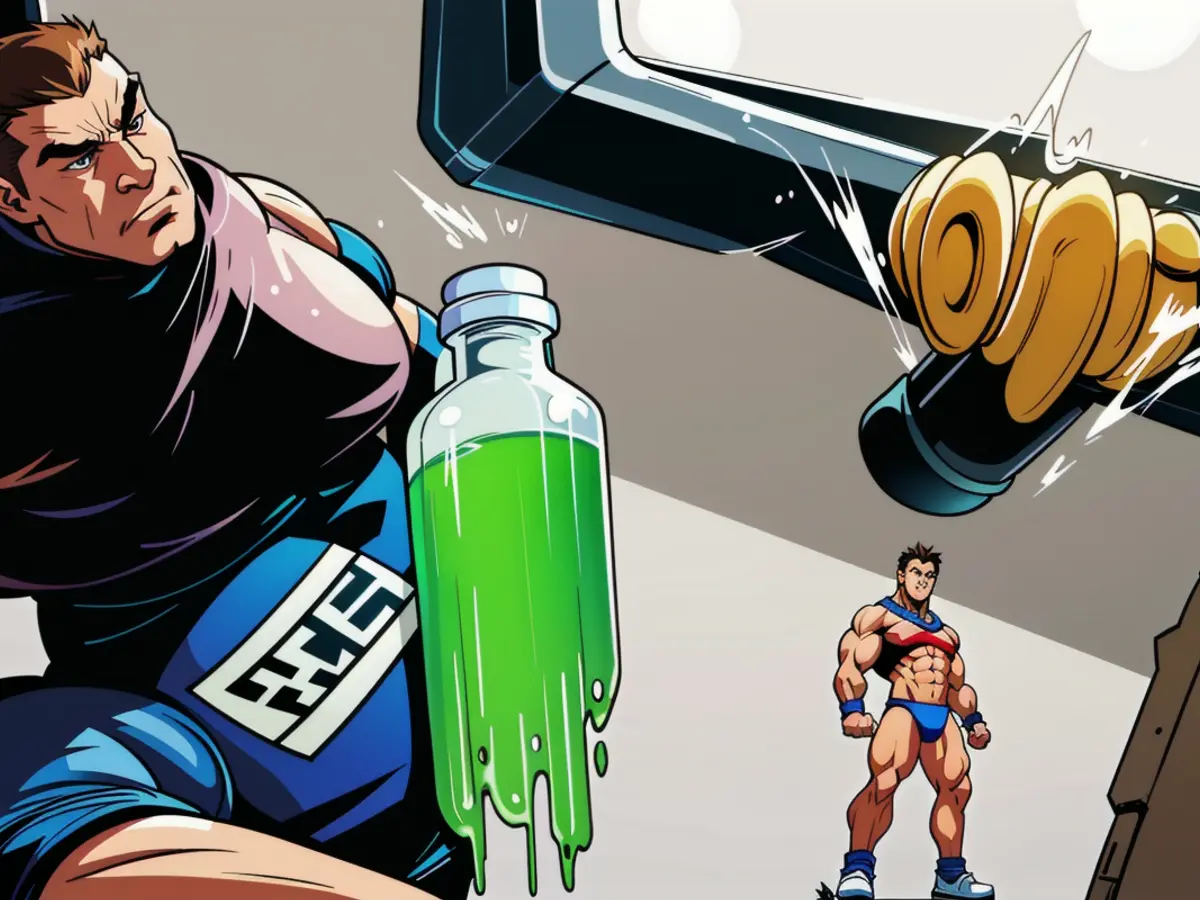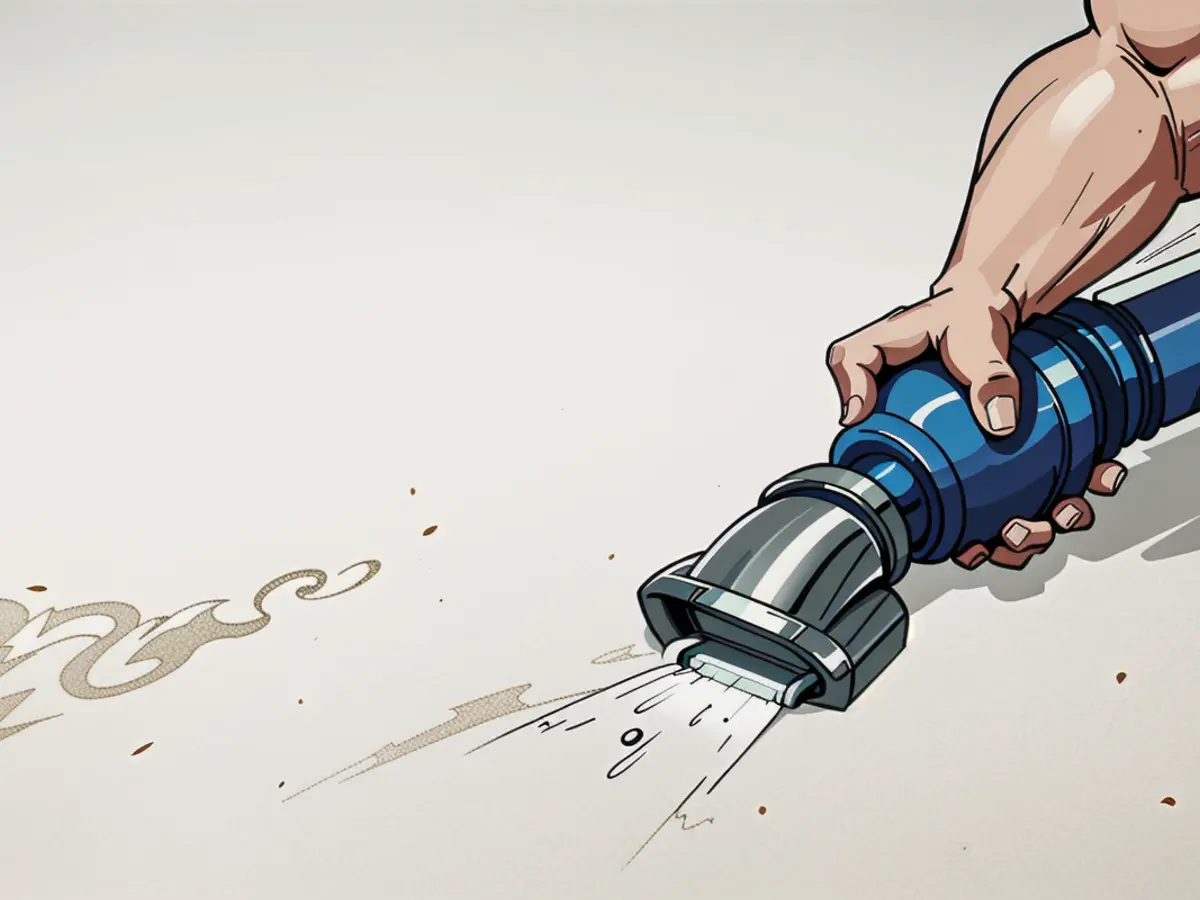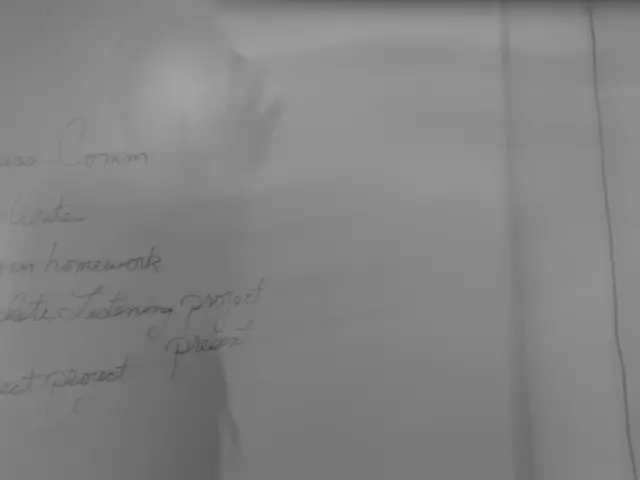Explore a Dozen Innovative Uses for Dish Soap throughout Your Home.
There are numerous excellent cleaning solutions on the market today, making it simple to get overwhelmed by the variety of options. This is where dishwashing liquid comes in handy. The seemingly innocuous bottle near your kitchen sink has a multitude of uses beyond just cleaning dishes.
Available in both traditional liquid form and various spray varieties, dishwashing liquid can be utilized in various cleaning tasks (both indoor and outdoor), effectively simplifying your cleaning routine. We consulted our experts for their favorite and most practical uses of dishwashing liquid beyond the kitchen sink.
- Morgan Eberhard, Dawn senior scientist
- Sarah McAllister, founder and CEO of GoCleanCo
- Marla Mock, president of Molly Maid, a Neighborly company
01 of 12
Cleaning Makeup Brushes
Makeup brushes require regular cleaning to maintain hygiene and prevent bacteria growth. According to Sarah McAllister, founder and CEO of Go Clean Co., "if you aren't washing your tools, oil and bacteria can grow, leading to acne or even skin infections."
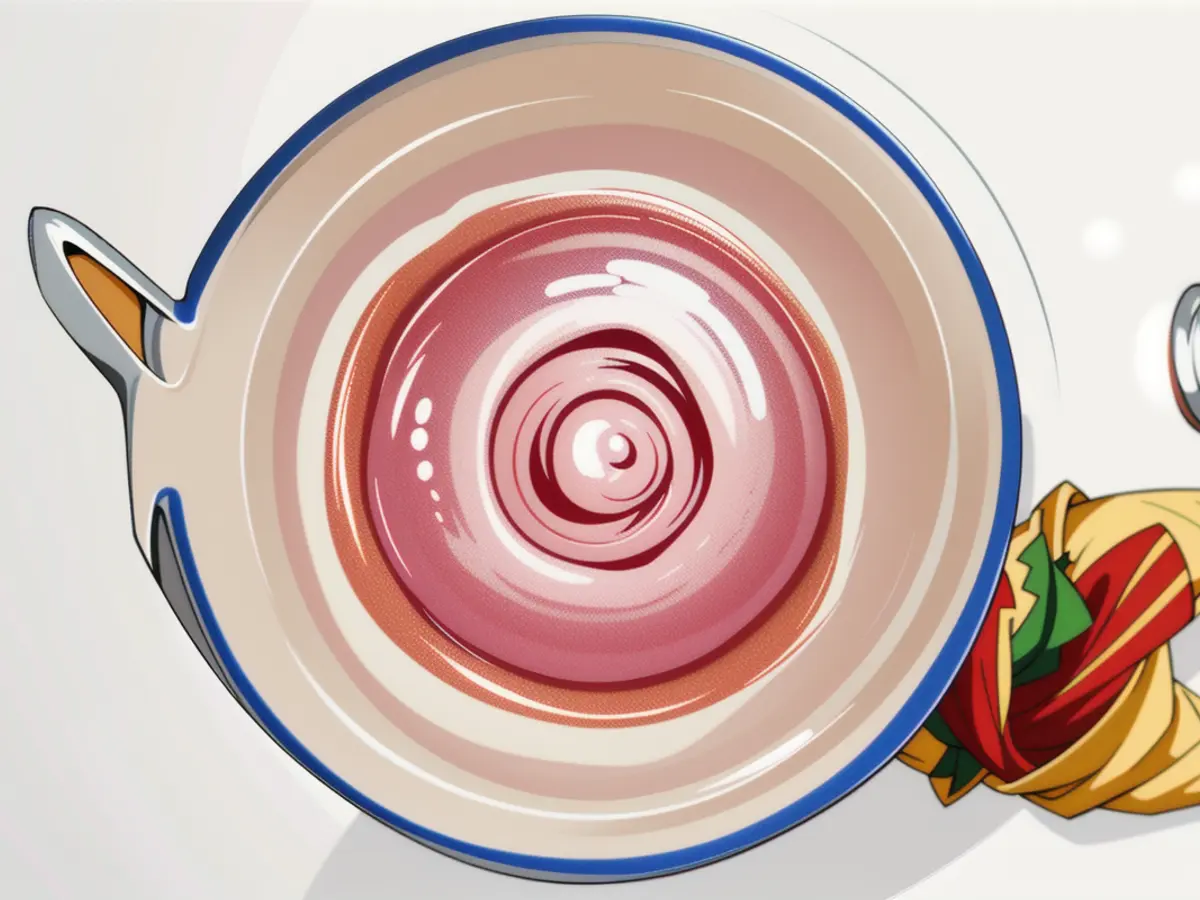
Dishwashing liquid helps cut the oil from both your skin and the brushes while remaining safe for skin contact. To clean your brushes, place a small drop of dishwashing liquid in the palm of your hand and gently massage the bristles with warm water. Rinse and repeat until the water runs clear. Then, squeeze out any excess water, reshape the bristles, and lay flat on a towel to dry, advises Dawn senior scientist Morgan Eberhard.
02 of 12
Cleaning Blenders
Blenders can be challenging to clean due to their sharp blades and hard-to-reach corners. Marla Mock, president of Molly Maid, suggests a solution: "To clean your blender, fill it halfway with warm water and add 2-3 drops of dishwashing liquid." Run the blender on a high setting, then rinse and dry. This method ensures a completely clean blender for smoothies, dips, and more.
03 of 12

Cleaning Household Sinks
After washing dishes, your sink might require a little attention. Why not use dishwashing liquid by rinsing your bathroom and kitchen sinks with warm water and then spraying dish soap onto each side of the sink and around the drain? Scrub with a soft sponge, rinse thoroughly, and dry. Repeat this process for your sink's garbage disposal by directing the dishwashing liquid into the drain and letting it sit for 30 seconds before running warm water for a few minutes until all suds have disappeared.
For the best results, use only on stainless steel, enamel coated, Corian solid surface sinks, and light and dark granite sinks.
04 of 12
Cleaning Appliances

Kitchen appliances tend to gather grime quickly. McAllister recommends using dishwashing liquid and water to wipe down the exterior of all your kitchen appliances, as well as the shelves and drawers inside your refrigerator. Similarly, Mock advises removing dirt and fingerprints from your dishwasher exterior by wiping down the door and control panel with a damp microfiber cloth and 2-3 drops of dishwashing liquid.
To clean your refrigerator's water dispenser, mix 1 cup of white vinegar with 2 tablespoons of dishwashing liquid in a spray bottle. Spray and let it sit for 15 to 20 minutes, then gently wipe with a cloth or scrub brush. Repeat if needed.
05 of 12
Cleaning Windows and Mirrors
Consider using dishwashing liquid instead of window cleaner the next time you notice your windows have streaks and spots. Mock suggests a homemade glass cleaner made with:

- 1 gallon of water
- ½ cup vinegar
- ½ cup rubbing alcohol
- 1-2 squirts of dishwashing liquid
Pour the mixture into a spray bottle and wipe the glass with a microfiber cloth or squeegee.
06 of 12
Cleaning Patio Furniture
Patio furniture can age rapidly due to exposure to the elements. Regular maintenance and cleaning will keep your patio set or chaise lounges in excellent condition for future summers.

Mock advocates for using dishwashing liquid, noting that it works effectively for various materials. "A cleaning solution of mild dishwashing liquid and warm water will effectively clean nearly all porch and patio furniture, including materials such as metal, plastic, wood, fabric, and wicker," she says.
07 of 12
Cleaning BBQ Grills
BBQ grills can harbor bacteria and stubborn residue. To clean the grill grate, Eberhard advises first burning off residue and using the grill brush to remove charred residue. After completely cooling the grill, use a solution of dish soap and water to spray down the grates. Soak for 5-10 minutes, then scrub with a bristle-free or stiff nylon grill brush to remove tough buildup. Finally, rinse and wipe the grill grates with a clean towel.
08 of 12
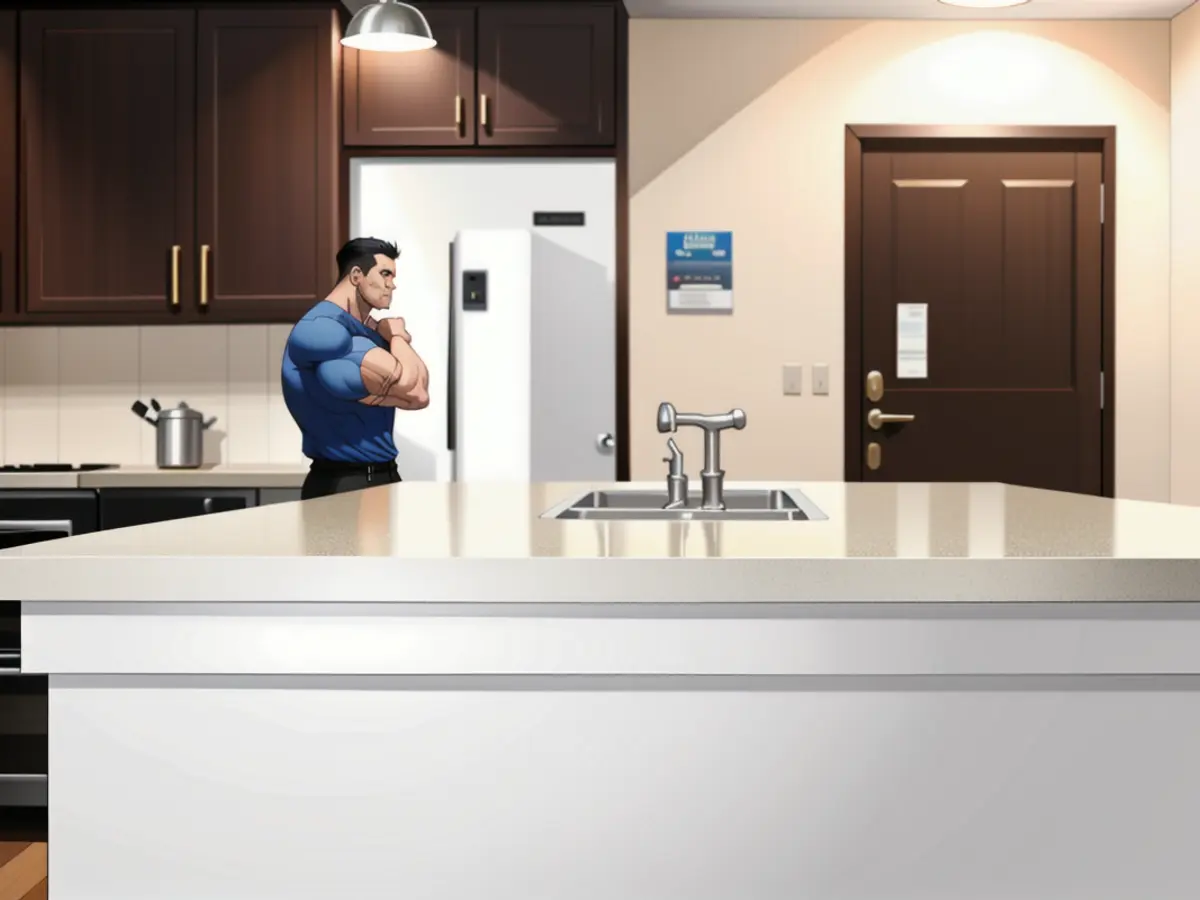
Laundry Stain Removal
Due to dishwashing liquid's ability to break down fats and oils, it's not uncommon to find it in your laundry room as well. Believe it or not, dishwashing liquid can be an effective tool in your stain removal arsenal. Use a small amount on any persistent grease or oil stains before washing as usual. For the best results, test on a small, hidden area of the fabric first.
Versatile dishwashing soap can also be utilized in the laundry room to eliminate difficult stains. For garments, Mcallister suggests applying dishwashing soap directly onto the stain and gently massaging it into the fabric. Allow it to rest for 20 minutes, rinse, and then put the garment in the washing machine. This method is particularly successful in eliminating grease stains, but dishwashing soap can also be used to tackle gravy stains, cranberry stains, and more.
Regarding protein stains (like those from a nosebleed), McAllister suggests a homemade solution: "Combine one teaspoon each of dishwashing soap, baking soda, and hydrogen peroxide," she advises. Scrub this mixture into the stain and let it sit overnight, followed by a cold water rinse. Make sure to check if the stain has been removed; if not, repeat the process. It's crucial to test this solution on dark-colored fabrics first, as hydrogen peroxide may cause bleaching.
Baseboards are often overlooked, but they can quickly become discolored due to dirt accumulated from floors and shoes. Mock recommends creating a cleaning solution with mild dishwashing soap and warm water, then using a microfiber cloth to wipe down baseboards for a thorough clean.
Floors, being the most consistently dirty area in a home due to foot traffic, can be cleaned using an alternative mixture made of warm water and pH-neutral dishwashing soap. According to Mock, this solution effectively cuts through grease and grime without damaging the surface.
When dealing with oil spots on driveways or grease stains on carpets, dishwashing soap can prove to be an efficient cleaner. To remove oil spots from driveways, dishwashing soap can be directly applied to the stain and left to sit before washing it off. Similarly, dishwashing soap can be used to combat grease stains on carpets. McAllister asserts, "Dishsoap is a powerful tool for cutting through built-up grease."
Dish soap spray can be used as an effective solvent to clean various hard surfaces in your home, including stainless steel, light and dark granite countertops, and porcelain. However, it's important to avoid using dish soap on marble and bathroom surfaces.
Thoroughly clear the surface, apply dish soap spray (sparingly, as the suds generated will require multiple rinses and wipe-downs), then wipe or scrub the dirty surface with a plain hand, dish, or microfiber towel. Ensure to rinse between multiple wipe-downs to eliminate all suds. Ultimately, use a clean towel to wipe down any remaining excess soap and water, leaving a clean, polished finish.
As always, remember to test any cleaning solutions on a small, inconspicuous area before using them on larger areas to prevent any potential damage.
Martha Stewart recommends using dishwashing liquid for cleaning different household items. For instance, routine cleaning of makeup brushes can be simplified by placing a small drop of dishwashing liquid in the palm of your hand and gently massaging the bristles with warm water, as suggested by GoCleanCo's founder and CEO, Sarah McAllister.
Similarly, Dawn senior scientist Morgan Eberhard advises using dishwashing liquid to clean blender parts effectively, suggesting filling the blender halfway with warm water and adding 2-3 drops of dishwashing liquid before running the blender on a high setting, rinsing, and drying.
